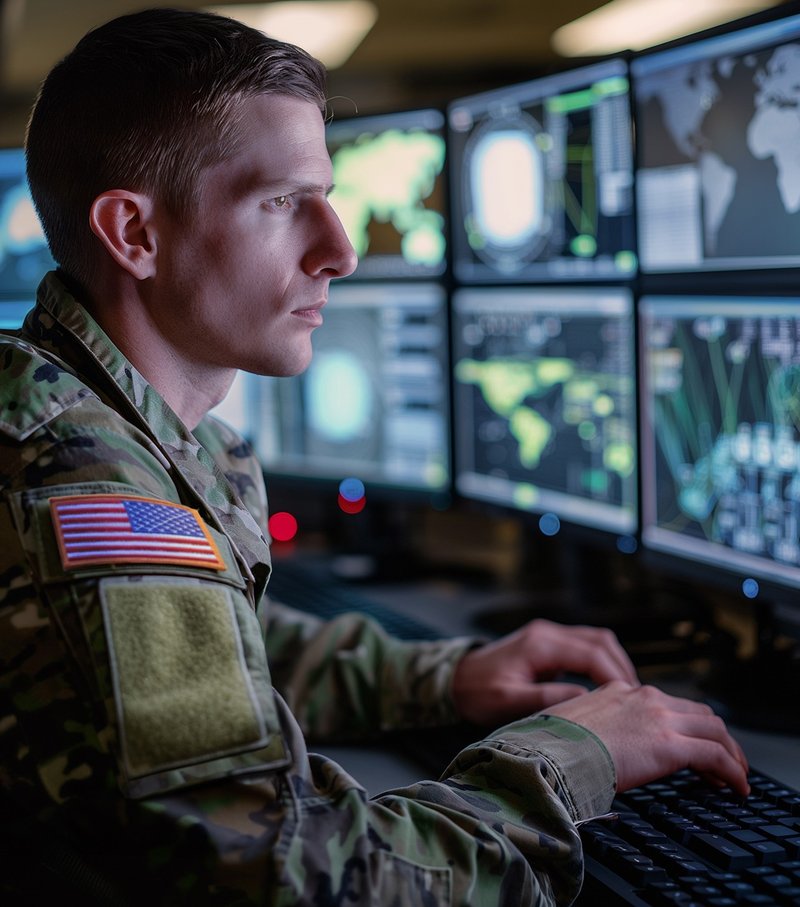In the ever-evolving digital landscape, there’s a captivating dance happening between technology and security that’s reshaping our digital future. As I wandered through the virtual halls of this year’s most significant tech conferences, one thing became crystal clear: artificial intelligence isn’t just changing the game—it’s creating an entirely new playbook.
The cybersecurity world is experiencing its own renaissance, driven by both necessity and innovation. With each passing day, our digital lives become more interconnected, more vulnerable, and paradoxically, more protected—all thanks to the same technological advancements.
New – The AI Security Paradox: Creator and Defender
The relationship between AI and cybersecurity has evolved into what experts are calling a “necessary symbiosis.” As cyber threats grow increasingly sophisticated, traditional security measures simply can’t keep pace. Enter artificial intelligence—both the potential villain and the unexpected hero of our digital story.
“We’re witnessing an unprecedented transformation,” notes security analyst Yuan Tian. “AI is simultaneously creating new vulnerabilities while providing us with the tools to detect and mitigate threats at speeds humans simply cannot match.”
This technological contradiction was front and center at the RSA Conference 2024, where large language models (LLMs) and generative AI dominated conversations. Industry leaders showcased how these technologies accelerate everything from code vulnerability analysis to malware detection, while simultaneously warning of their potential misuse.

New – Beyond the Buzzwords: Real Applications Emerging
While many tech trends come and go, the marriage of AI and cybersecurity is proving remarkably substantive. Organizations are moving beyond theoretical applications to implement practical solutions that address genuine security challenges.
Software bills of materials (SBOMs)—essentially ingredient lists for software components—are gaining traction as a crucial security tool. These digital manifests allow organizations to quickly identify vulnerable components when new threats emerge. However, they also create new attack surfaces that must be protected.
The Open Worldwide Application Security Project (OWASP) has developed comprehensive frameworks addressing common LLM security risks, providing organizations with practical guidance for implementing AI securely. Their checklists have become essential resources for tech teams navigating this complex landscape.
Zero trust architectures—which operate on the principle of “never trust, always verify”—are being enhanced by AI to create more dynamic and responsive security systems. These approaches continuously authenticate users and devices, making it substantially more difficult for bad actors to maintain unauthorized access.
The Human Element in an AI-Driven Security World
Despite all the technological advancements, the human factor remains both the greatest vulnerability and the ultimate safeguard in cybersecurity. The most sophisticated AI system can be undermined by social engineering attacks targeting human psychology rather than technical vulnerabilities.
“Technology alone isn’t the solution,” explains Darshak Thakore, Principal Architect at CableLabs. “We need to create security ecosystems that combine advanced AI tools with human oversight and intelligence. It’s this combination that provides the most robust protection.”
This philosophy is driving a new approach to security training and awareness programs. Rather than treating humans as the “weak link,” forward-thinking organizations are developing programs that leverage human intuition and pattern recognition alongside AI systems, creating multi-layered defense mechanisms that are greater than the sum of their parts.

Policy Challenges in the AI Security Landscape
The rapid advancement of AI in cybersecurity has created significant policy challenges that industries and governments are struggling to address. Copyright protection for AI-generated work, tracing training data to original owners, and protecting personal data shared with AI vendors are just a few of the thorny issues emerging.
The regulatory landscape remains frustratingly incomplete. The United States Patent and Trademark Office has yet to provide comprehensive recommendations regarding AI and human inventorship, leaving organizations to navigate uncertain legal territory.
Privacy concerns loom large as well. Personal data shared with generative AI vendors could potentially be reidentified by the very AI tools designed to protect it, creating a circular privacy vulnerability that’s particularly difficult to address through traditional regulatory frameworks.
Tomorrow’s Tech Today: What’s Next for AI Security
As we look toward the horizon, several emerging trends are likely to shape the AI security landscape in the coming years:
-
Crypto Agility will become increasingly important as quantum computing threatens traditional encryption methods. Organizations are preparing now for the post-quantum cryptography era by implementing systems that can quickly adapt to new cryptographic standards.
-
Automated Threat Hunting powered by AI will shift from reactive to proactive, identifying potential vulnerabilities and unusual patterns before they can be exploited.
-
Edge Computing Security will evolve rapidly as more critical processing moves to the edge of networks, requiring new approaches to securing distributed systems.
-
Supply Chain Security will receive increased attention as organizations recognize that their security is only as strong as the weakest link in their digital supply chain.
The fascinating dance between AI and cybersecurity is just beginning. As these technologies continue to evolve in tandem, they’ll reshape not just how we protect our digital assets, but how we approach digital innovation itself.
What’s crystal clear is that the future belongs to those who can harness these powerful technologies while mitigating their risks—a delicate balance that will require continued collaboration between technology innovators, security professionals, and policy makers. In this transformative tango between creation and protection, the rhythm is accelerating, and we’re all learning the steps as we go.



